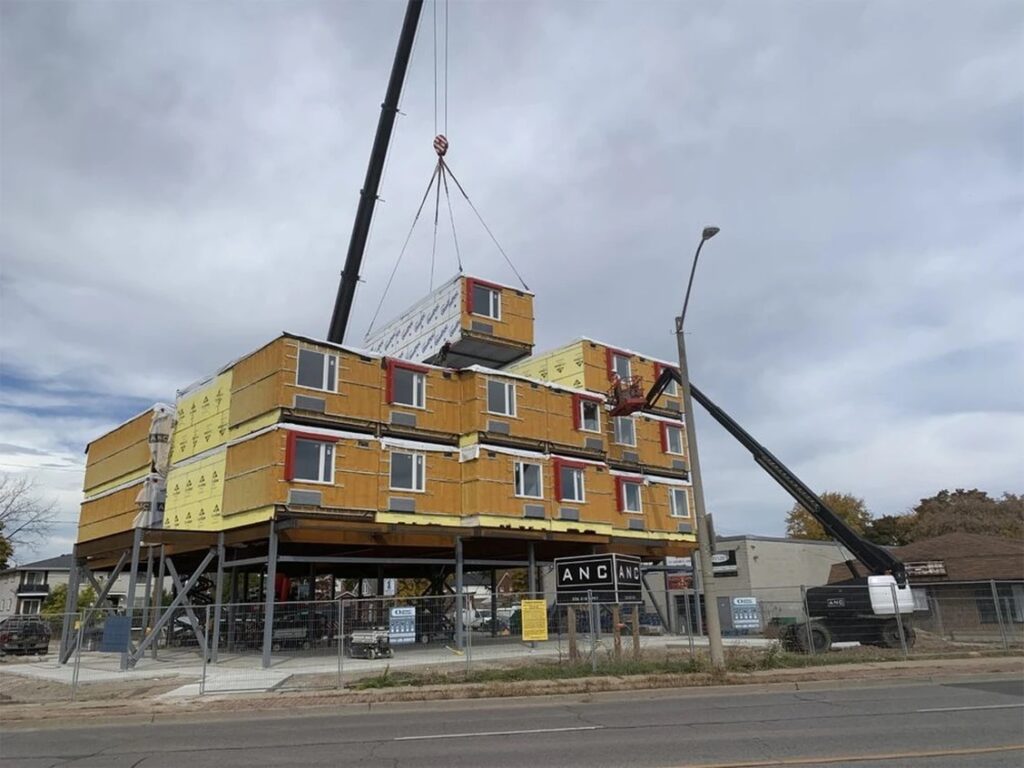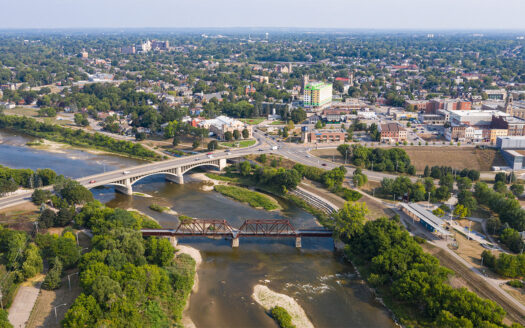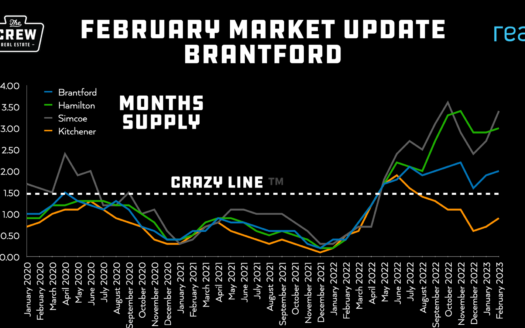Are Modular Buildings the Future of Housing?
Local development company ANC has been working away at something pretty cool in Brantford. They are in the process of completing a 5.5 million dollar modular residential building project that will have 26 residential units. This building at 177 Colborne Street W is owned by the City of Brantford and will have rent that geared to income as well as 4 “barrier free” units.
This is a pretty exciting project for the city as it is a showcase of this local company’s talents and workmanship, and acts as a proof of concept for future projects of similar nature. Taking advantage of new production methods that utilize smaller lots and streamline manufacturing for multi residential housing will go a long way towards helping the 1700+ on the wait list for affordable housing.
Now that’s not to say that this will lower all house prices in the city, but it will definitely provide more affordable options for those that cannot currently afford housing here in Brantford.
Note: At the time of writing, the average sales price in Branford is around $630,000

What is Modular Building?
Modular buildings are prefabricated structures that are built off-site and then transported to their final location. They are assembled using standardized components, which can be easily transported and assembled on site using cranes or other construction equipment. Modular buildings are used for a variety of purposes, including as temporary or permanent office space, schools, hospitals, and housing.
One of the main advantages of modular buildings is that they can be constructed much more quickly than traditional buildings. Because the majority of the construction is completed off-site, the on-site construction process is greatly streamlined, which can significantly reduce the overall construction time. Modular buildings are also typically more cost-effective than traditional buildings, as they use standardized components that can be mass-produced, and the off-site construction process often allows for more efficient use of labor and materials.
Modular buildings are also highly customizable, as they can be designed to meet the specific needs and requirements of the end user. They can be customized in terms of size, layout, and features, and can be built to meet various building codes and standards. In addition, modular buildings are often more sustainable and energy-efficient than traditional buildings, as they can be built using green materials and technologies.
Overall, modular buildings offer a quick, cost-effective, and customizable solution for a wide range of construction needs





Pingback:The Increasing Tax Burden on New Ontario Homes | Matt Allman - Brantford Real Estate Agent